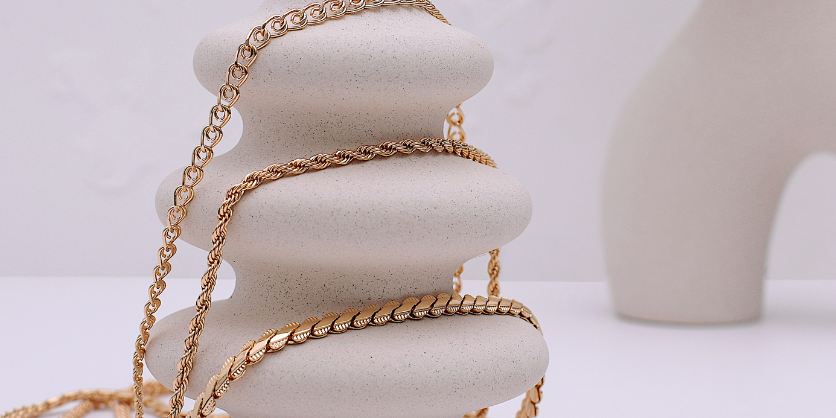AI-Powered Jewelry Design: What’s Next?

The jewelry industry, long celebrated for its artistry, craftsmanship, and heritage, is entering a new era one powered by artificial intelligence (AI). From design conceptualization to production optimization, AI is not just a tool; it’s becoming a creative collaborator that is reshaping how jewelers think, design, and sell. But what does the future hold for AI-powered jewelry design?
AI as a Creative Partner
Traditionally, jewelry design required years of training, meticulous sketching, and extensive prototyping. AI is now transforming this process by generating design ideas at unprecedented speed. Using machine learning algorithms, AI can analyze thousands of design patterns, historical trends, and customer preferences to produce unique concepts that human designers can refine. This does not replace human creativity it enhances it, providing designers with a broader palette of possibilities and sparking innovation that might have been unimaginable before.
Personalization at Scale
Consumers today crave individuality. AI makes personalization in jewelry more accessible than ever. By analyzing customer data such as style preferences, purchase history, and even social media activity, AI can create bespoke designs tailored to an individual’s taste. Imagine an AI system that suggests a diamond pendant with subtle design elements inspired by a customer’s favorite motifs, colors, or even their astrological sign. This level of personalization not only increases customer satisfaction but also drives engagement and loyalty.
Optimizing Production and Sustainability
AI isn’t limited to design; it’s also revolutionizing jewelry production. AI-powered tools can predict material usage, optimize gemstone cutting, and reduce waste making the manufacturing process more cost-effective and environmentally friendly. By integrating AI with 3D printing and CAD software, jewelers can prototype and produce complex designs with remarkable precision. This efficiency reduces production costs and supports sustainable practices, a growing priority for both brands and consumers.
Predicting Trends and Market Demand
In a rapidly changing fashion landscape, predicting trends is crucial. AI can analyze social media, e-commerce activity, and market data to forecast emerging jewelry trends. Brands can use these insights to launch collections that align with consumer demand, minimize unsold inventory, and stay ahead of competitors. For independent designers, this predictive power offers a strategic advantage by guiding design decisions and marketing strategies.
The Future: AI and Emotional Connection
While AI can generate designs and streamline production, the emotional connection between jewelry and wearer remains irreplaceable. The next frontier lies in using AI to enhance storytelling and experiential marketing. Imagine AI-driven virtual try-ons, augmented reality experiences, or digital jewelry avatars that allow customers to engage with designs before purchase. By blending technology with emotion, AI will help jewelry brands create deeper connections with their audiences.
Conclusion
AI-powered jewelry design is no longer a futuristic concept it’s a present reality transforming creativity, personalization, production, and marketing. The future of jewelry will likely see designers collaborating with AI not just as a tool but as a co-creator, creating pieces that are innovative, sustainable, and deeply personal. For jewelers and consumers alike, the possibilities are as limitless as imagination itself.
